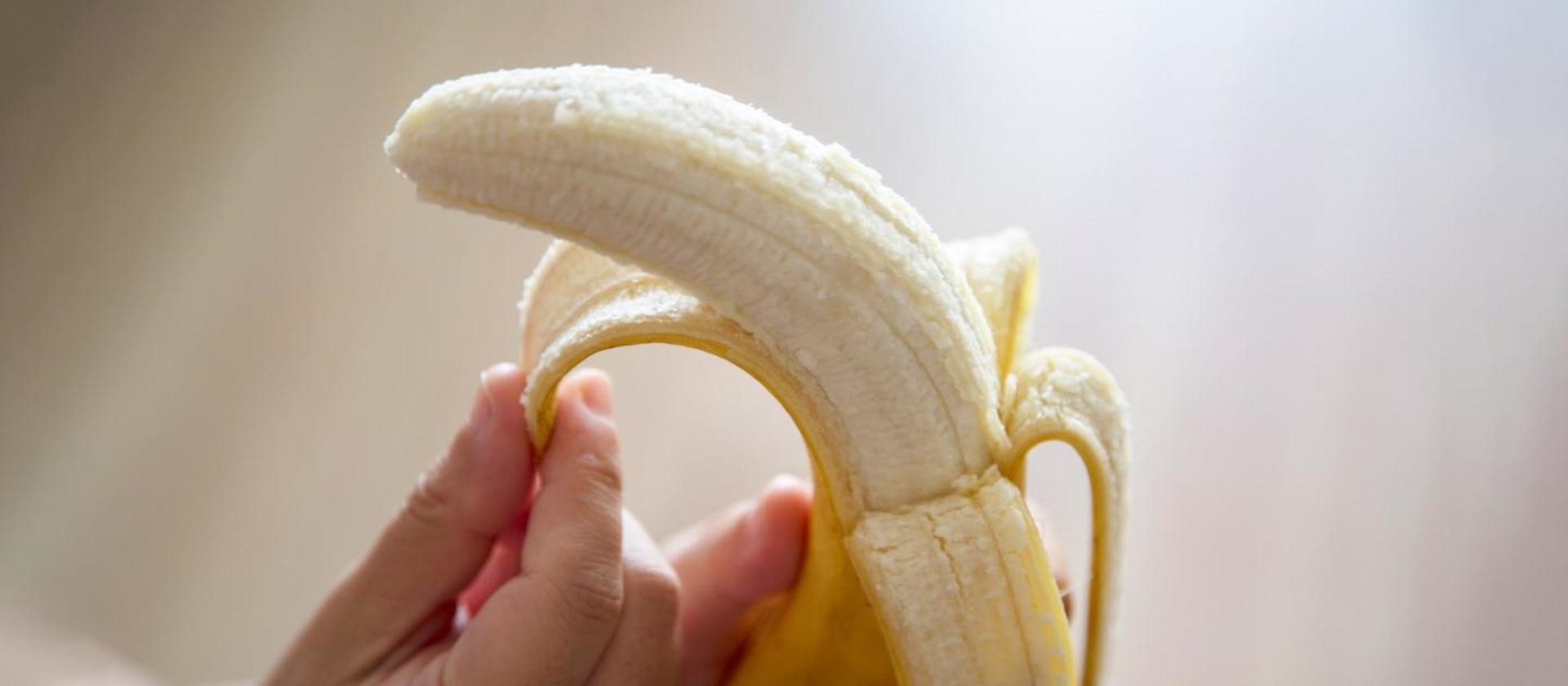
Food waste
Saving food and helping people
A visit to "Tischlein deck dich": members of the FMC Executive Board support the team on site.
navigation

Food waste
They can be used to clean shoes, as plant feed or to soothe an itch: banana peels are more useful than you might think.
The Swiss consume around 11 kilos of bananas per person each year – that means a whole lot of banana peel, which usually ends up in the bin or on the compost heap. But that’s a big mistake! The yellow skin of our favourite fruit is useful in all sorts of ways. Important: only use the peel of organic bananas as they’re not contaminated with pesticides.
Cut the banana peel into small pieces and leave it to dry. Then add it to the compost soil and spread it around your plants. Roses and flowering perennials in particular benefit from the potassium contained in banana peel. The fruit’s skin can also be used as a liquid fertiliser for potted plants. To make this solution, simply boil 100 grams – also chopped into pieces – in one litre of water and leave the stock to stand overnight. Sieve the peel out the next morning – and you have your own organic fertiliser! As it contains no nitrogen, it can be used throughout the entire season without any problems.
Incidentally, you can cut banana skins into small pieces and spread them around plants to repel greenfly.
Whether it’s a sofa, handbag or a pair of trainers, banana peel can make leather that has become dull shine like new again! Simply rub the inside of the peel over the surface to be cleaned, allow it to take effect briefly and then polish with a soft cloth. The same method also works on chrome and steel surfaces – and even on tarnished jewellery or silver cutlery.
Funnily enough, it’s the white strands that many people find annoying, or even disgusting, that are actually beneficial. The so-called phloems are full of nutrients and enzymes. If you still don’t fancy eating them – admittedly, they’re not particularly tasty – then use them for skin care instead: the inside of banana peel has a soothing effect on irritated skin thanks to the phloem enzymes, which make insect bites less itchy, for example. Simply place the inside of the banana peel on the affected spot or wrap it around the skin and leave for 5-10 minutes.
Banana peels can also be eaten – and that’s no joke! They can be used to make a vegan alternative to bacon or a sweet oven-baked snack, for example.
Important: always use organic bananas for all banana peel recipes. You also need to remove the stalk and tip of the banana as well as all the white strands inside the peel.
For sweet oven-roasted banana skins, place the skins on a baking tray and sprinkle them with sugar. Bake for half an hour at 180 degrees Celsius – then they’re ready to eat.
Use brown skins from very ripe bananas and soak them in a marinade for at least four hours, but preferably overnight. Then simply fry the banana skin over a high heat – and your “bananacon” is ready!
Marinade for two banana skins:
0.5 tbsp smoked paprika
2 tbsp maple or agave syrup
1 tbsp soy sauce
Black pepper to taste